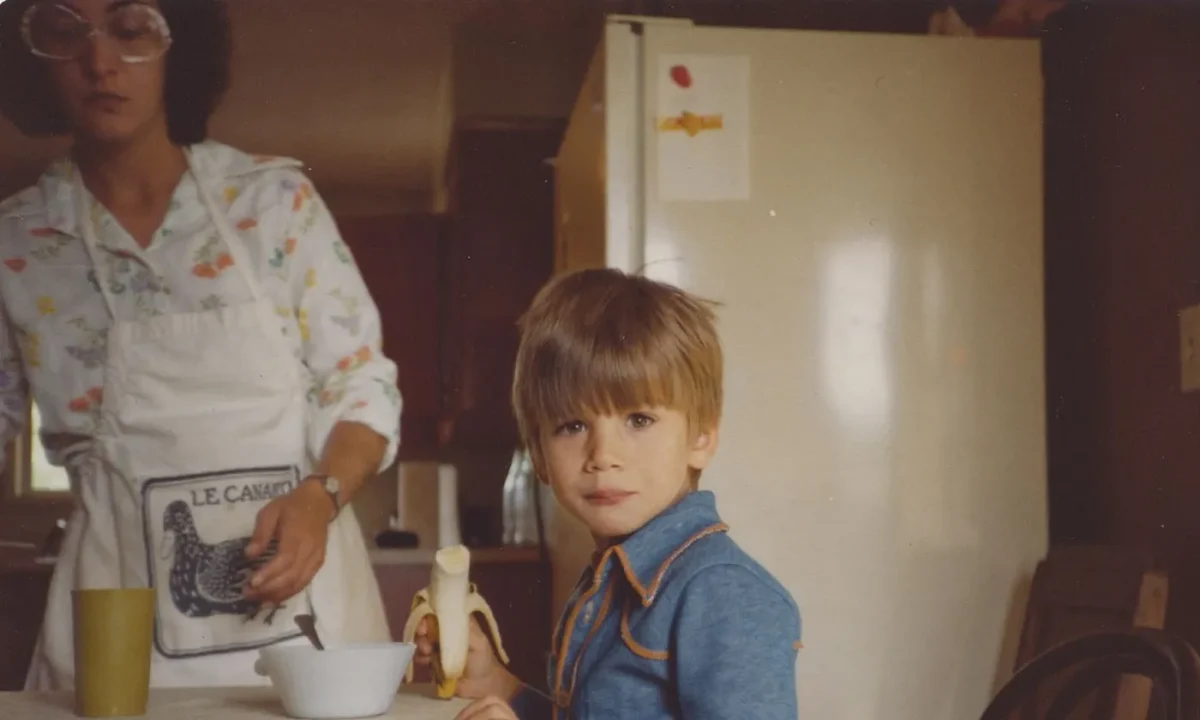Mariah Carey, Michael Bublé and Frank Sinatra are just a few of the voices Americans are accustomed to hearing annually come winter. However, hidden among countless generic renditions of the same several Christmas songs, is a truly special piece of art that fights to be the best piece of Christmas art (yes, all art) ever made: Sufjan Stevens’ simply titled “Songs for Christmas.”
Made initially as five EPs over the course of six years (he skipped 2005 while working on his magnum opus “Illinois”) “Songs for Christmas,” at first glance, can be described in just three words: wow, it’s long. Coming in at just over two hours, the record is tracklisted with the original five EPs in mind, being split into five “discs” on Spotify.
While every song on the album is incredibly special and artistically crafted, it is unlikely many readers will listen to the full album because of its length. The good news? All of “Songs for Christmas” holds up whether you prefer to sing along to old hymns/Christmas classics, study to beautiful instrumentals or hear completely original (and delightful) Christmas compositions.
Moreover, it should be stressed that while Stevens’ background is Christian and the album serves in many facets as a love letter to specifically Christian holiday culture, many of the songs do not. “Songs for Christmas” is a delightful addition to the winter rotation, regardless of religious upbringing or lack thereof.
Warnings and context aside, here is a review of the album, as well as a handful of songs that could serve as a starting point for first-time listeners.
Stevens, a multi-instrumentalist, leans mainly on the four main forms of guitar, banjo, piano and woodwinds for this record, giving it mainly a folksy, campfire vibe. One of the opening tracks is a cover of “O Come O Come Emmanuel,” and it washes over the listener’s ears with luscious banjo, guitar and layered vocals that feel somewhere between a cult initiation and a warm hug.
“It’s Christmas! Let’s Be Glad!” is one of Stevens’ original creations and includes a chorus of singers who joyfully shout about the holiday season; the perfect kind of song to put on as you put up Christmas decorations. As the tree is brought out, the under two minute “Put the Lights On the Tree,” will serve as the perfect backdrop for the festive activity.
“Come Thou Fount of Every Blessing,” a hymnal staple, is beautifully adapted by Stevens, and the crisp minimalist instruments back Stevens’ enchanting voice wonderfully. “Come on! Let’s Boogey to the Elf Dance!” is another of Stevens contemporary Christmas creations, bringing lyrics about K-Mart into Christmas music discourse.
Stevens’ “Jingle Bells” rendition sounds as though it should be played in a saloon in the wild west; two songs later, “Lo! How A Rose E’er Blooming” sounds like it should be played inside a massive empty chapel. The diversity of sound yet cohesiveness of aesthetic is truly something to behold.
The record culminates in its last few songs, like the masterfully arranged original “Sister Winter” that builds on its gorgeous strings gradually to create an incredibly rewarding listening experience. It is followed quickly by another version of “O Come O Come Emmanuel,” this time a brief piano version. This gives the listener a moment to breathe before consuming what may be the best Christmas song ever, and the album’s definitive peak: “Star of Wonder.”
Unlike “We Three Kings,” the song its title is based on, “Star of Wonder” is a seven minute wave of winter euphoria. For three minutes, it builds slowly and patiently up to a post-rock-esque climax that deserves to be heard even if you never listen to a single other song off the record.
Immediately after is a simply gorgeous rendition of “Holy, Holy, Holy” that ends the album lyrically before the instrumental drone heavy collage “The Winter Solstice” sends “Songs for Christmas” off with a final artistic kiss goodbye.









